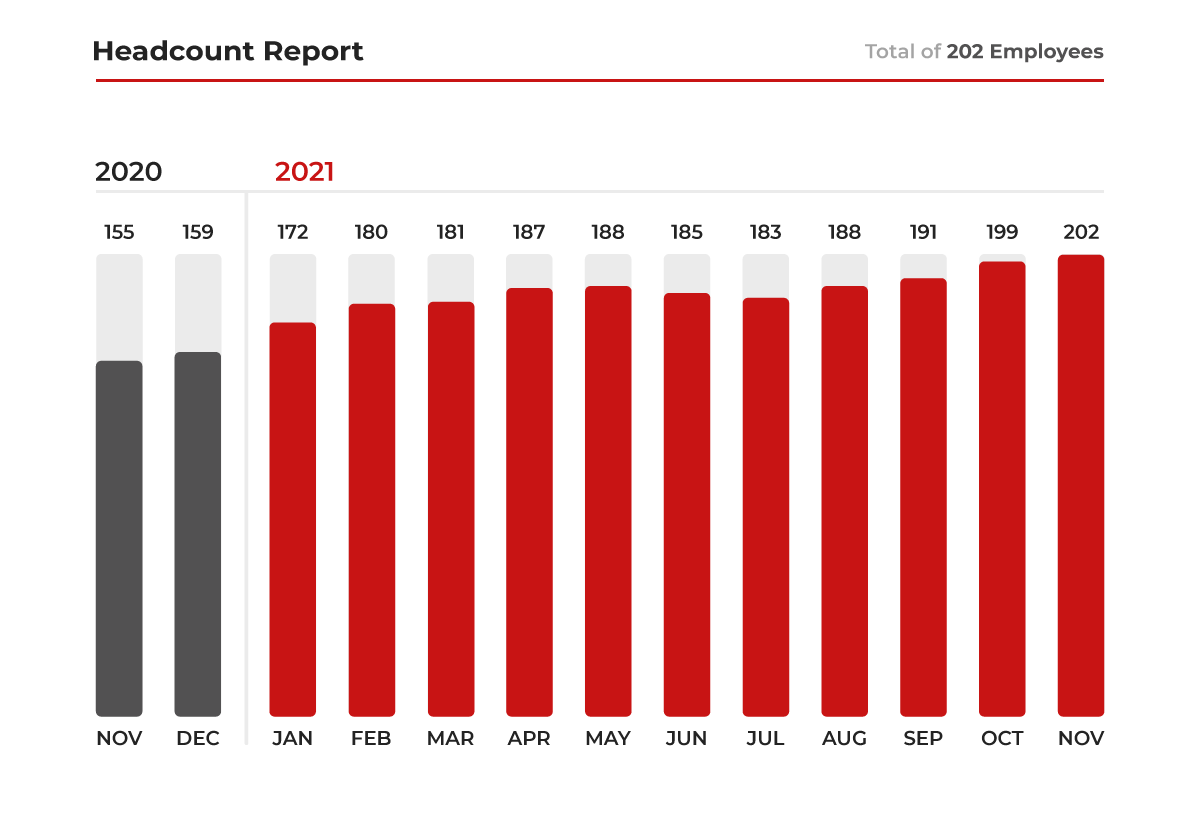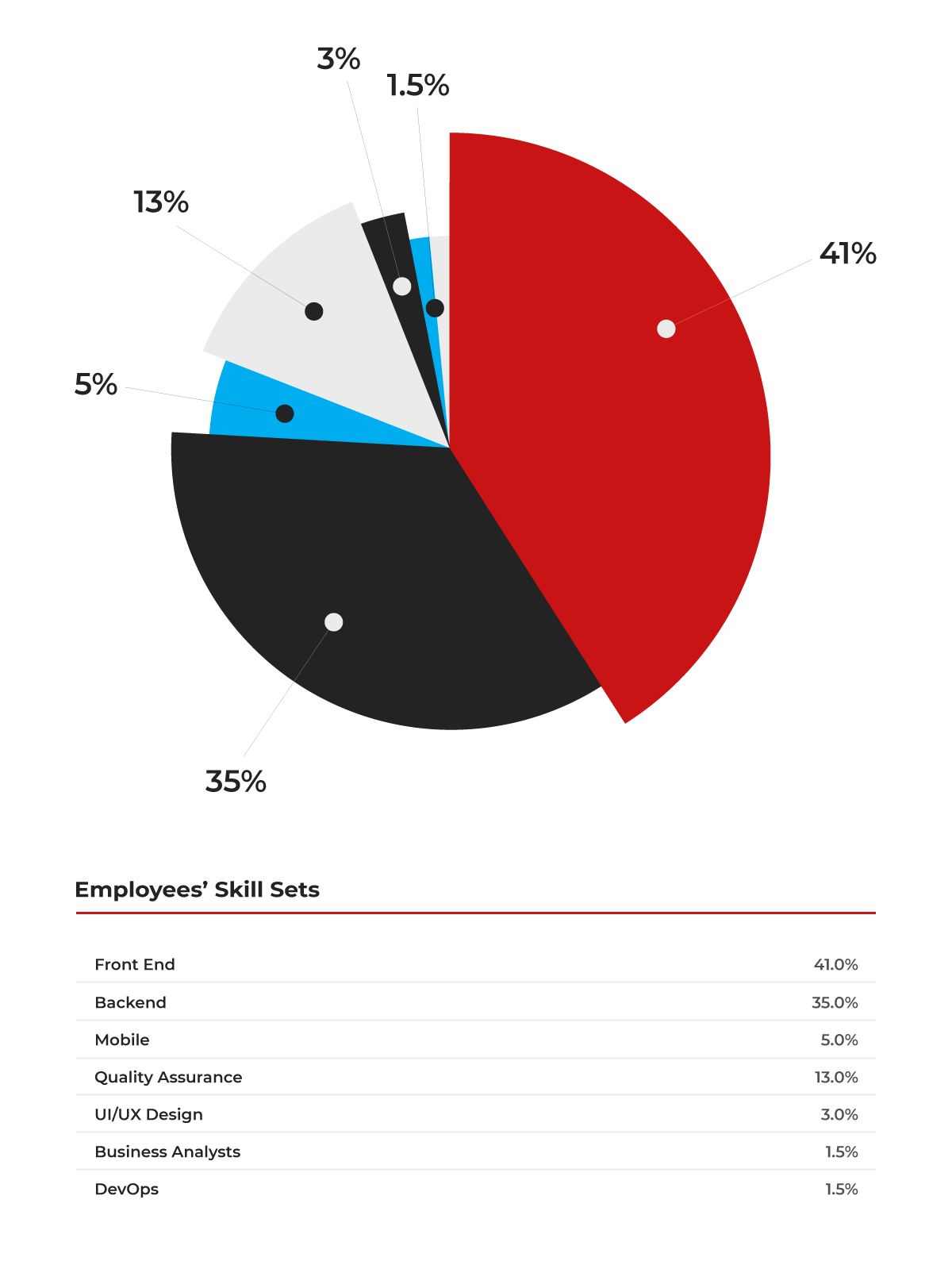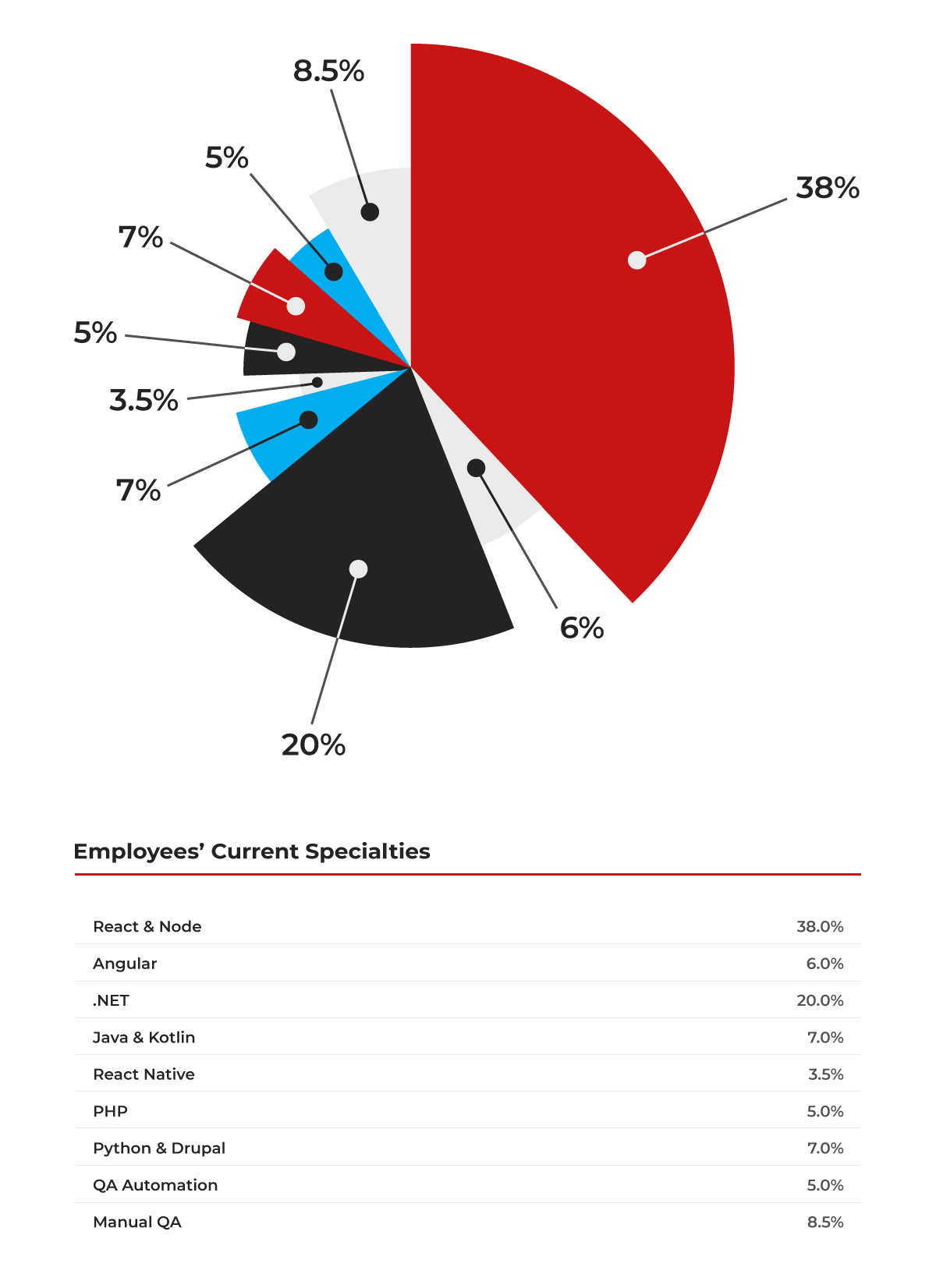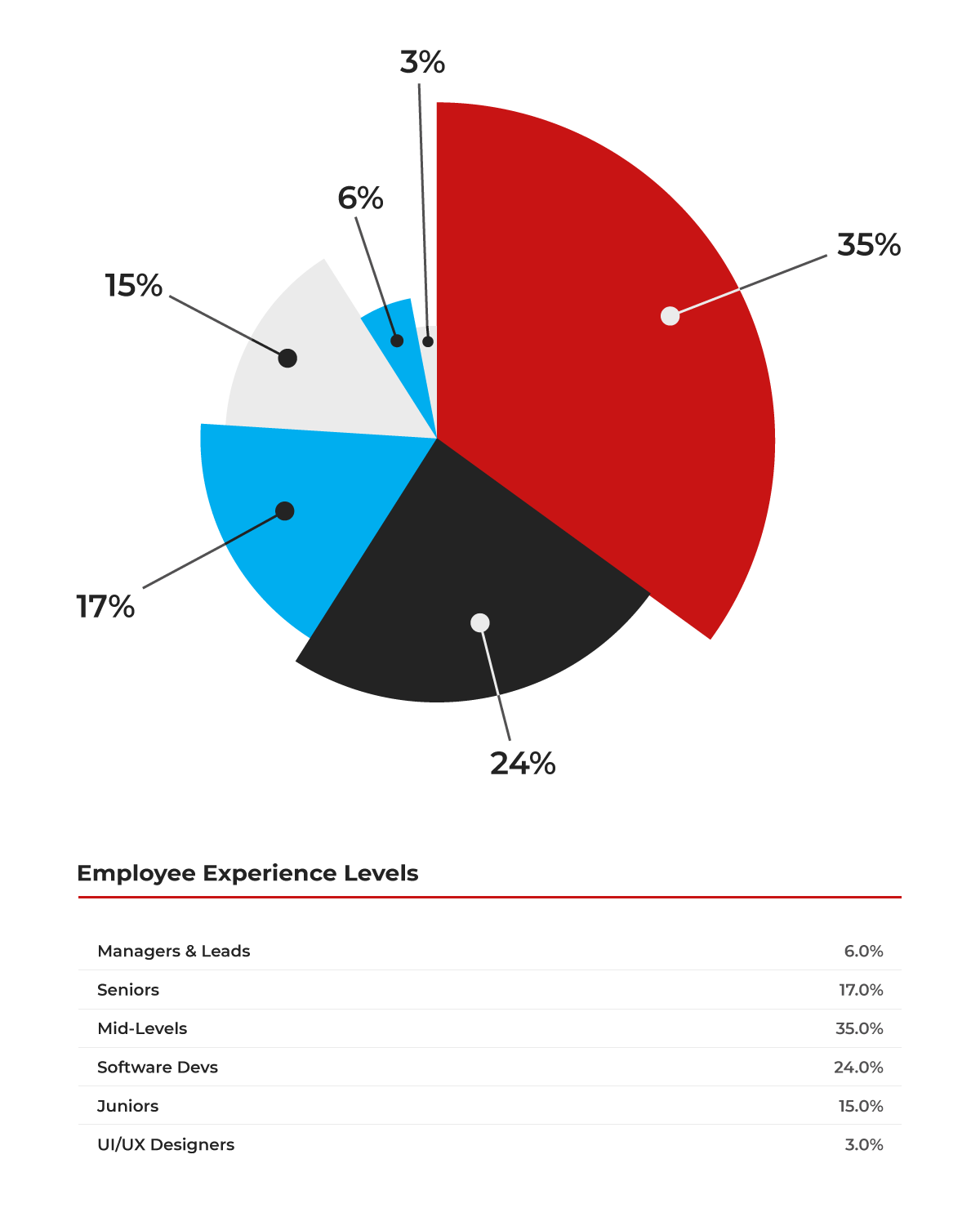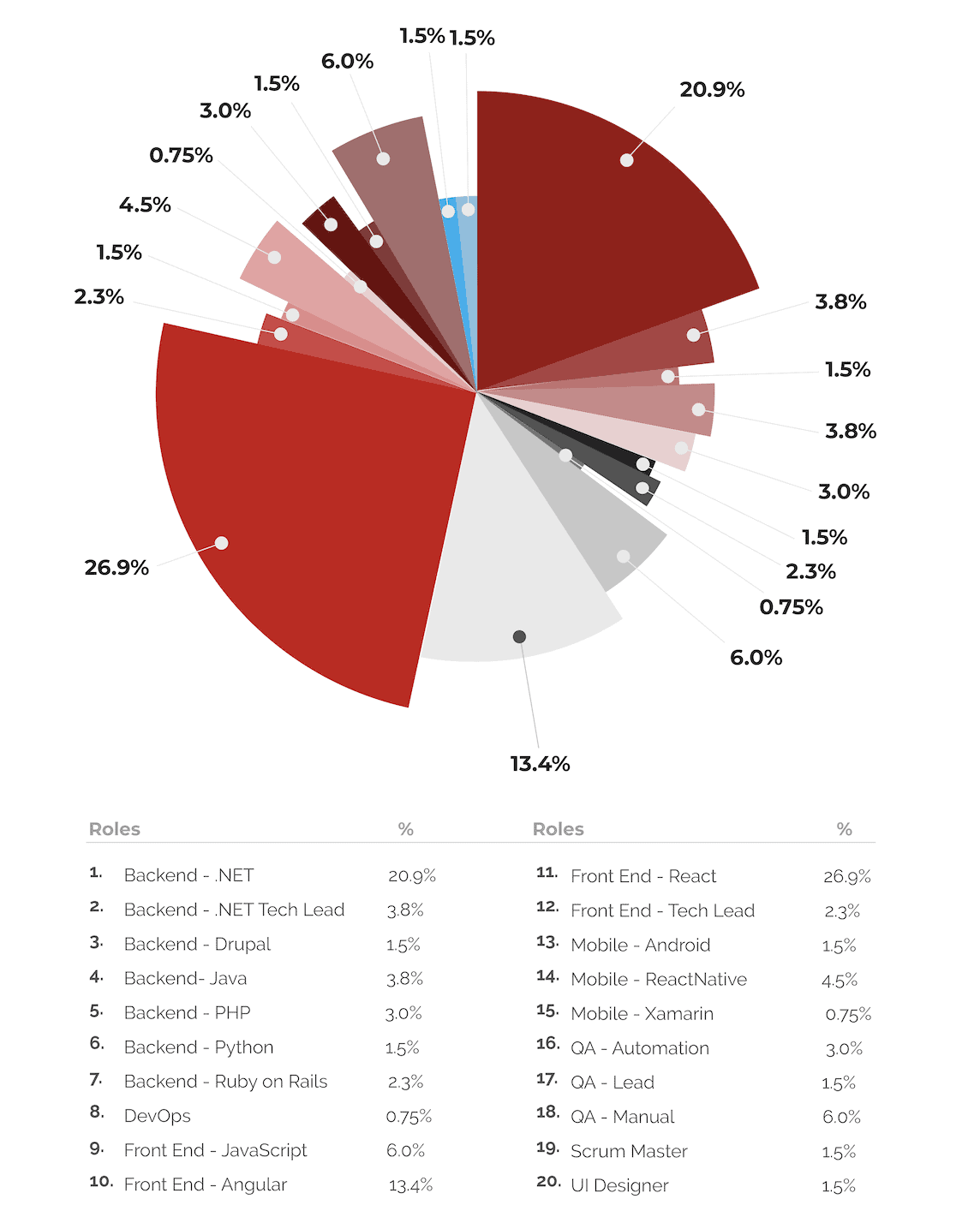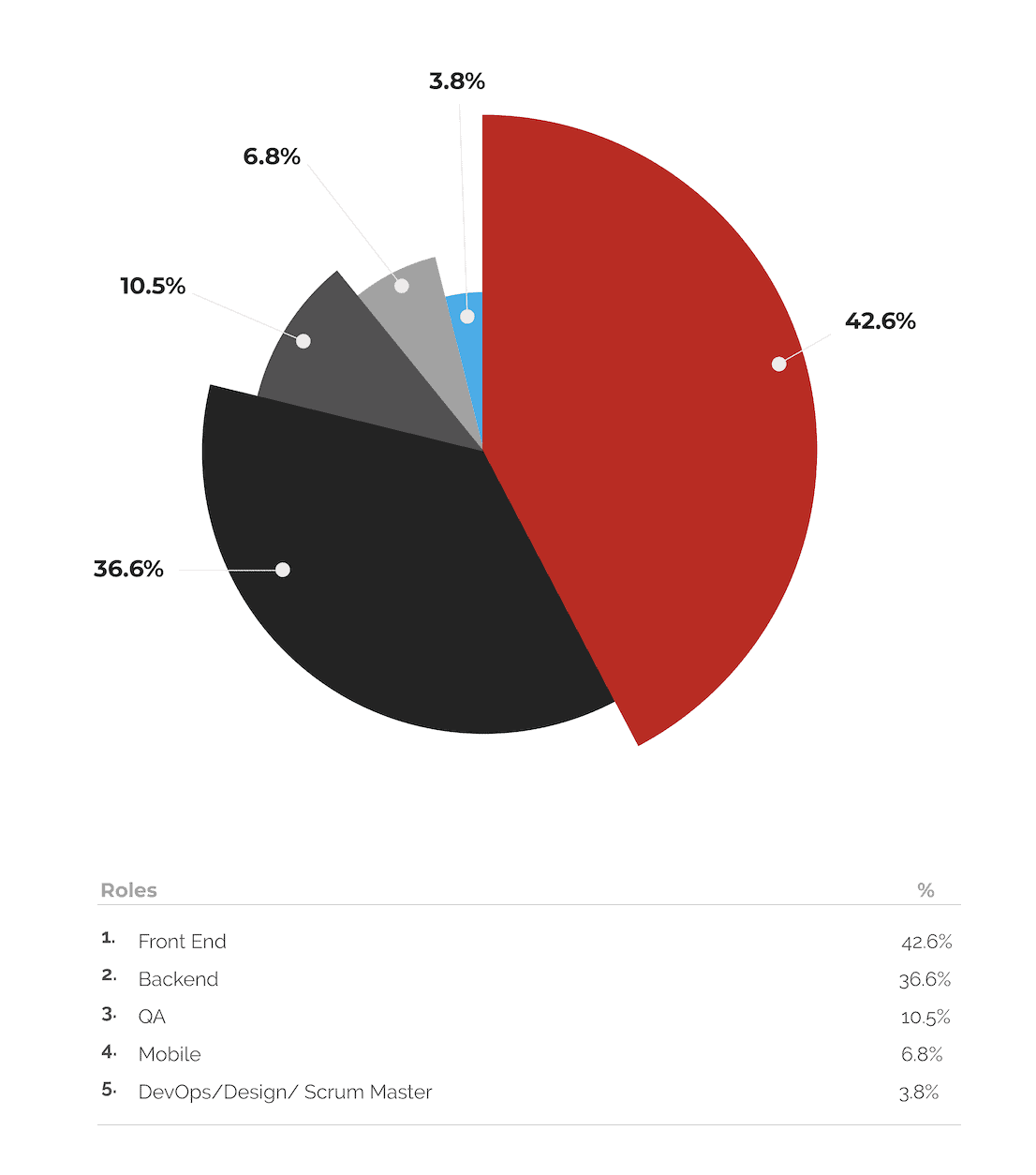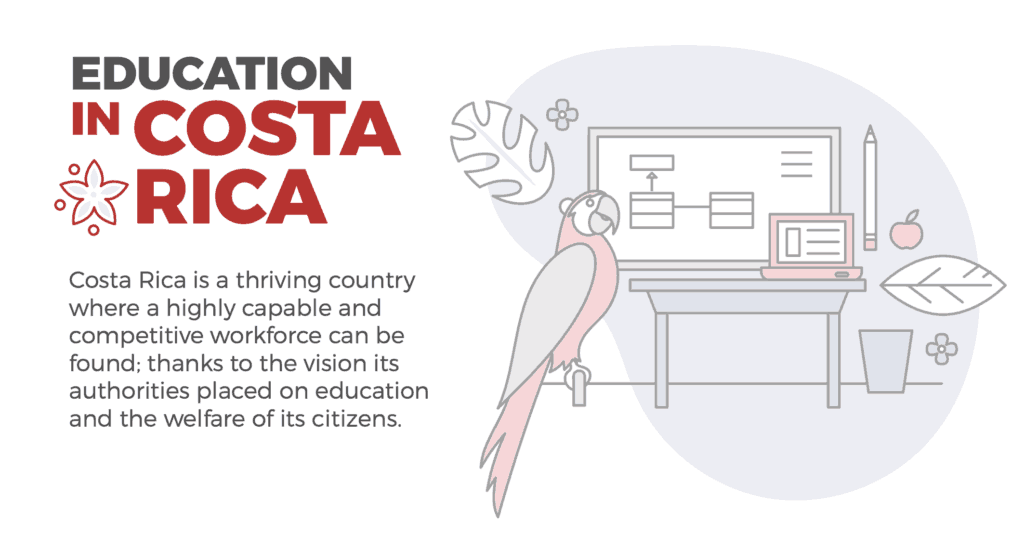
As we celebrate our company’s history, we’re thrilled to shine a spotlight on two amazing team members who have championed over a decade of innovation, challenges, and growth with us. It is the dedication, expertise, and inspiring journeys of our employees that make our success story possible. Join us in learning more about their experiences as they answer some questions for us.
CHRISTIAN
Engineering Manager
With over a decade at First Factory, he has been an integral part of our journey. Christian joined us in 2011, diving into technologies like C#, AngularJS, and Objective C. For the first three years, he was dedicated to a client mastering these technologies. In 2014, Christian took their expertise to the next level, evolving into a Senior Software Engineer. His skill set expanded to include ASP.NET, .NET, and Razor. His dedication and top-tier skills were recognized, and in 2017 he stepped into the role of Tech Lead for one of our clients, adding React to his technology stack. Fast forward to 2022: Christian leveraged his remarkable leadership skills, earning the title of First Factory Engineering Manager.
Christian’s experience:
How has your role evolved since you first joined First Factory and how has the company supported you in that growth?
What do you like the most about working at First Factory and how would you describe the company’s culture?
MARCELA
Engineering Manager
She has been a dedicated member of the First Factory team for nearly 11 years. Over this time, she has collaborated with 8 clients across 10 diverse projects. Her journey began in 2013 when she delved into JavaScript, AngularJS, JQuery, and NodeJS. Fast forward to 2019: Marcela has enriched her skill set by incorporating React, Redux, and TypeScript. Marcela’s proficiency earned her the title of Senior Software Engineer, and she became actively involved in code reviews, project planning, and decision-making. In 2021, she embarked on a project as a Tech Lead, offering technical guidance, mentorship, and overseeing quality assurance. Marcela is now an Engineering Manager at First Factory and is a key player in projects featuring React, React Native, Ruby, and Ruby on Rails.
Marcela’s experience:
How has your role evolved since you first joined First Factory and how has the company supported you in that growth?
What do you like the most about working at First Factory and how would you describe the company’s culture?
If you are seeking a dynamic workplace that values continuous learning, innovation, and collaboration, check out our open positions. The team-oriented environment, focus on fundamental knowledge, and supportive approach to feedback and mentorship make First Factory a great place for both personal and professional growth.



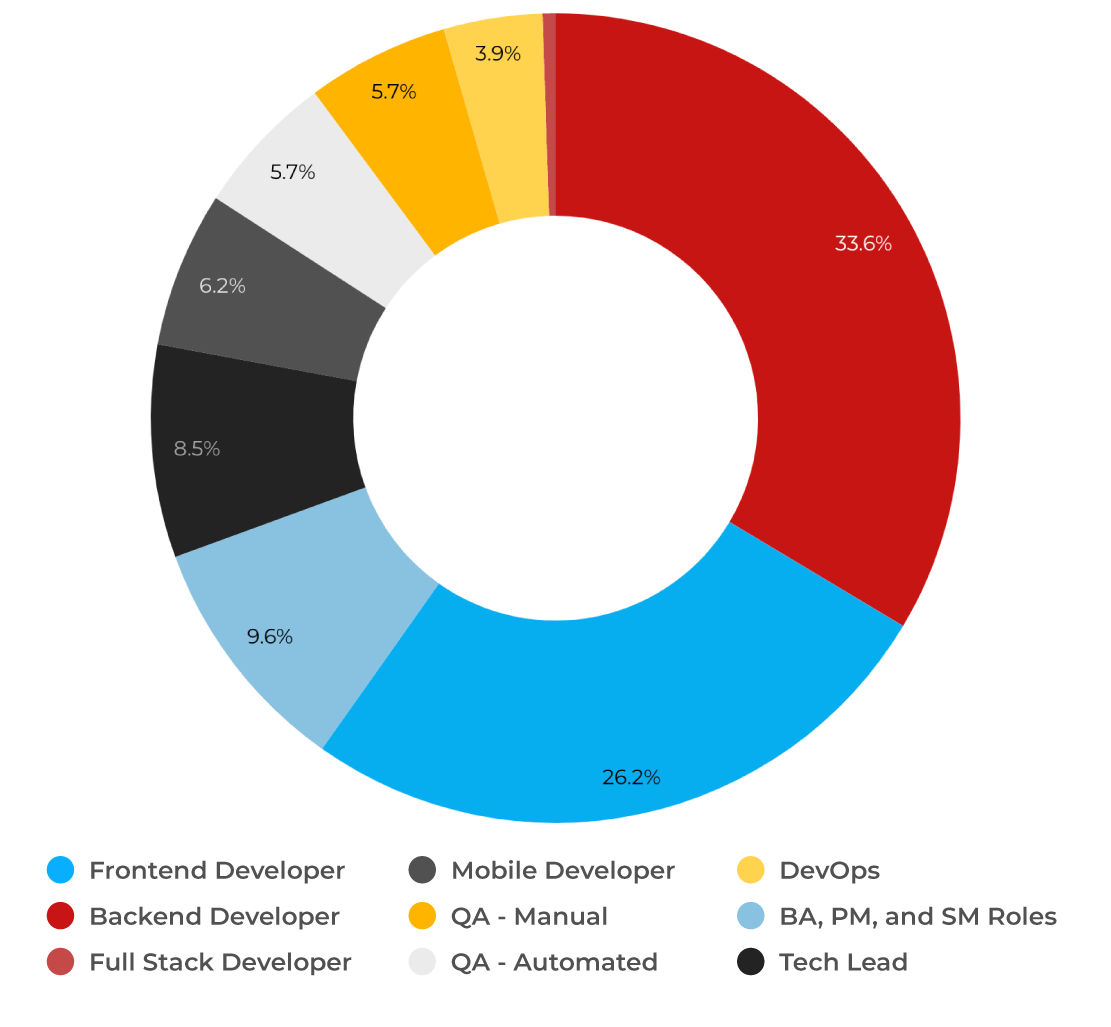
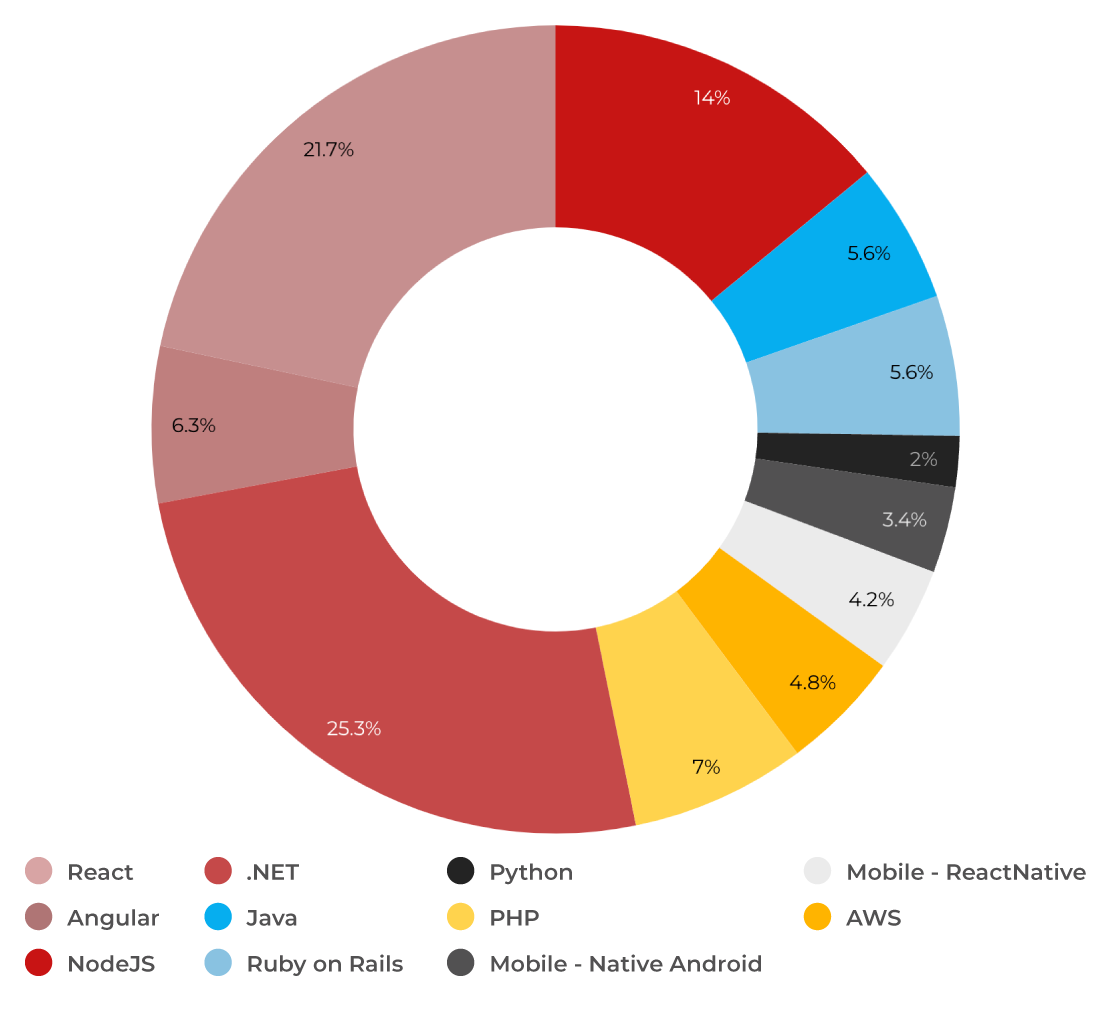















 Bob Dylan poignantly wrote, “Times, they are-a-changin’.” In a world upended by a global pandemic and the business, supply chain and consumer behaviors that followed, this statement seems to ring truer than ever. An evergreen anthem to the varying societal and economic turbulence we face has proven this song’s impact through varying obstacles. We’re becoming more familiar with cryptocurrency and staying in awe of the self-driving cars we’ve been anticipating for years, all while hosting virtual meetings wearing AI headsets and, perhaps, pajama pants. Yet, business owners and consumers alike wonder how the world can adjust to this sudden shift to a “new normal” and how we can continue to gain momentum when much of what we knew has slowed to a halt. Even though the Jetsons made it seem like we’d be flying our automobiles by now, the point is that technology has continued to be the critical component in allowing us to meet the new challenges we face head-on with speed and agility.
Bob Dylan poignantly wrote, “Times, they are-a-changin’.” In a world upended by a global pandemic and the business, supply chain and consumer behaviors that followed, this statement seems to ring truer than ever. An evergreen anthem to the varying societal and economic turbulence we face has proven this song’s impact through varying obstacles. We’re becoming more familiar with cryptocurrency and staying in awe of the self-driving cars we’ve been anticipating for years, all while hosting virtual meetings wearing AI headsets and, perhaps, pajama pants. Yet, business owners and consumers alike wonder how the world can adjust to this sudden shift to a “new normal” and how we can continue to gain momentum when much of what we knew has slowed to a halt. Even though the Jetsons made it seem like we’d be flying our automobiles by now, the point is that technology has continued to be the critical component in allowing us to meet the new challenges we face head-on with speed and agility. 
